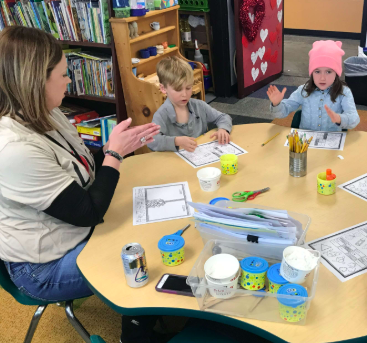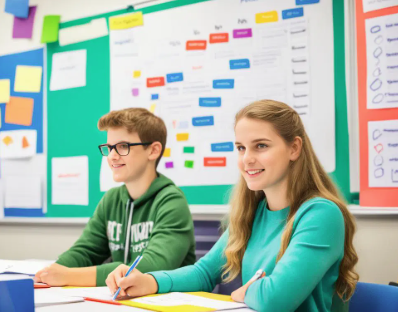Article:
In 2025, educators are continually seeking ways to meet the diverse needs of students in the classroom. Personalized learning and differentiated instruction, while distinct approaches, work together to create inclusive and responsive educational experiences. When thoughtfully combined, they ensure that each student receives the right support, challenge, and opportunity to thrive.
Understanding the Difference
Personalized learning is centered on the individual learner’s goals, interests, and pace. It often involves student voice and choice, allowing learners to co-design their learning pathways and take ownership of their progress.
Differentiated instruction, on the other hand, refers to the strategies teachers use to modify content, process, and products based on students’ readiness levels, learning profiles, and interests. It ensures that instruction is accessible and meaningful to all students within the same classroom setting.
How They Complement Each Other
Personalized learning provides the vision—focusing on what the student needs and wants to achieve—while differentiated instruction offers the tools and techniques to get there. Together, they create a flexible learning environment where instruction adapts to meet each student where they are.
Practical Strategies for Blending Both Approaches
- Flexible Grouping: Use learner profiles and performance data to create dynamic groups that change based on skill level, interest, or learning style.
- Choice Boards and Menus: Offer a variety of tasks that cater to different learning styles and allow students to choose how they demonstrate understanding.
- Tiered Assignments: Design assignments at varying levels of complexity to ensure all students are appropriately challenged.
- Goal Setting and Reflection: Support students in setting personal goals and reflecting on their progress to increase motivation and accountability.
- Scaffolded Support: Provide tools, prompts, and resources based on individual student needs, gradually reducing support as independence grows.
Technology as a Support Tool
Educational technology platforms can make it easier to implement personalized learning and differentiated instruction. They allow for real-time progress tracking, content customization, and immediate feedback. Teachers can use data to adjust instruction quickly and meaningfully.
Benefits for Students
When classrooms combine personalized learning with differentiated instruction, students experience increased engagement, improved academic performance, and greater confidence. They feel seen, supported, and capable of achieving their unique learning goals.
Conclusion
In 2025, the synergy between personalized learning and differentiated instruction is transforming classrooms into student-centered spaces. By embracing both approaches, educators are better equipped to provide meaningful, inclusive, and growth-focused learning experiences for every student.














